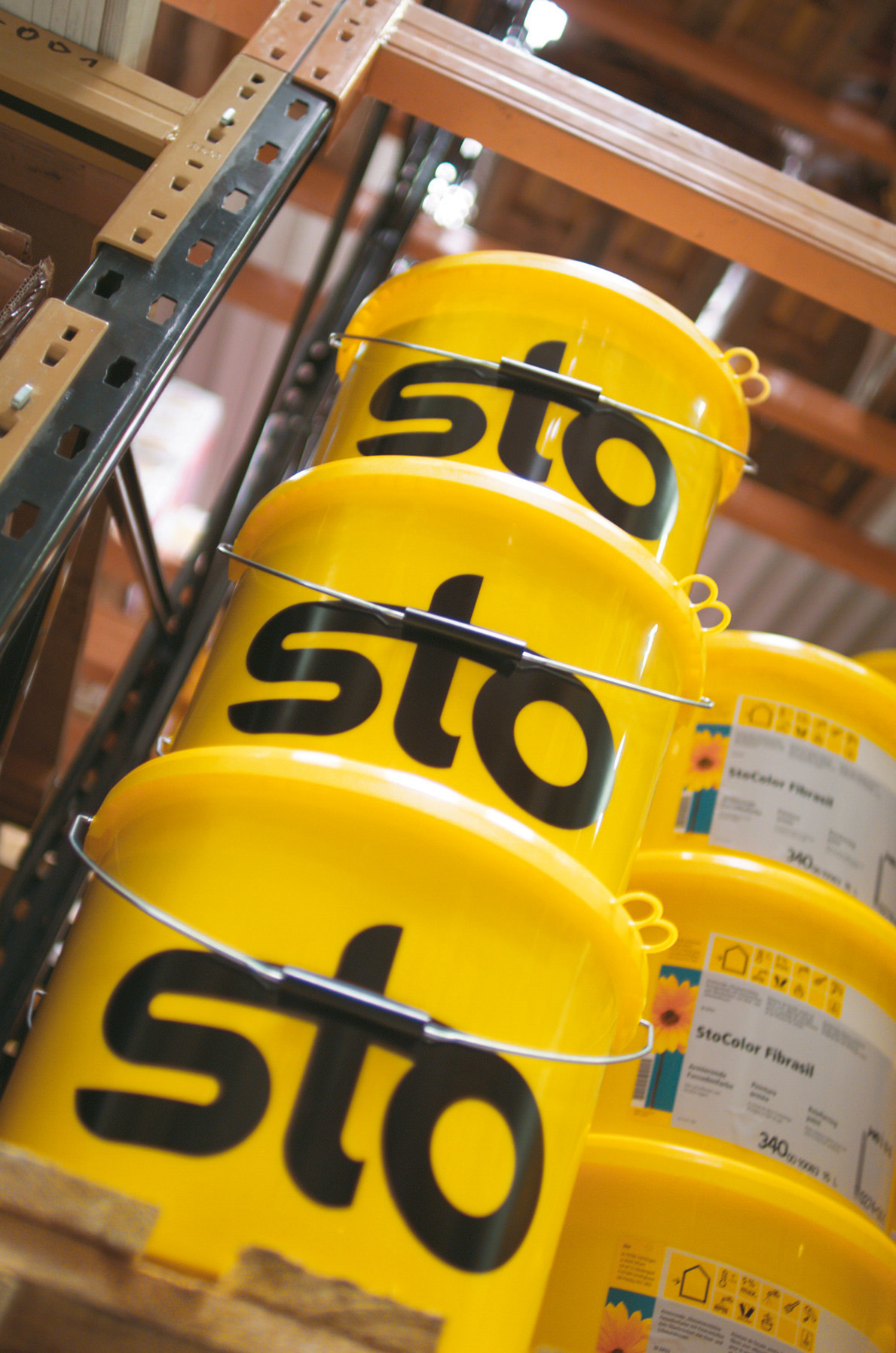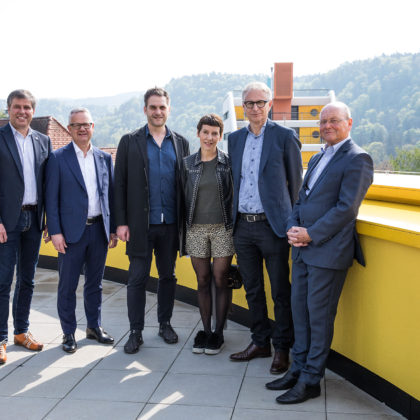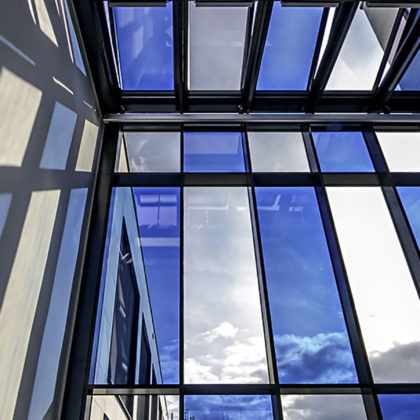Sculptural facade elements made of Verolith
In contrast to mere embellishments, the modern conception of ornamentation has real significance. It conveys a poetic, explanatory, historical, or symbolic message – but it is more than just decor. It is an expression of individual architectural design and, as a product of a digital process chain, is characterised either by serial precision or by uniqueness. Using the mineral material Verolith, modern facade elements establish a contemporary iconography of the facade.
People have decorated and adorned their homes since Neolithic times. From the classical modernist period onwards, the radical elevation of the functional structure corresponded to an aesthetic approach based on the desire to break free from older forms. Modern construction is shaped by both traditions, whilst also moving in completely new directions. Exploring contemporary relief and the nature of modern ornamentation does not result in a shift back to the embellishment of the 19th century. Modern ornamentation clearly distinguishes itself from decor – it forms a narrative together with the cubature. It adds a new semiotic level of meaning to the symbolism of modern architecture, similar to the narrative function of a medieval cathedral facade.
Last but not least, there is increased interest in the topic due to the fear that the necessary requirements for structural energy efficiency could – if handled insensitively – lead to increased uniformity in our towns, particularly when existing buildings are renovated. However, beyond the protection of historical buildings and monuments, it is not about regressing to the design vocabulary of the premodern period; rather, it is about interpreting cornicing, rustication, and piers in a new way. Uniqueness, individuality, and diversity – which used to result from the skill and precision of the craftspeople creating the ornamentation – can now be incorporated into industrial production as part of computerised design processes. Individual designs are transferred into algorithms, precisely prefabricated as individual pieces at the end of a digital process chain, and then applied to the facade. The variety of sculptural design possibilities is based on the basic categories of the surface, the line, or the marking. Joints can be used to add rhythm to the three-dimensional appearance. They can be colourful or monochrome, using the play of light and shadow to compose a design.
Ornamentation and freedom
Sto supplies three categories of sculptural facade elements: 3D shapes, rails, and boards. The material is crucial: Verolith. It is a solid, non-combustible mineral material which, in contrast to classic stucco mortar, is not made in one session at the con-struction site, but produced as elements in a factory. Alongside a wide range of prefabricated products, the practice of creating custom variants in accordance with the planner’s specifications makes it possible to mill architectural elements from boards with millimetre precision or, in more complex cases, to cast them. The spectrum ranges from fine reliefs and lettering to massive surfaces, right through to accentuating window panels or geometric structures. Naturally, there are also architectural elements in the historical forms that have also stood the test of time within the scope of protecting historical buildings and monuments.
…as though carved
Verolith consists of a lightweight natural material of volcanic origin: perlite. The non-combustible material (A2-s1, d0 in acc. with DIN EN 13501-1) is compact like stone, solid through and through, and yet still very light (550 kg/m3). It can be turned into 3D shapes, rails, and boards to create a facade design based on points, lines, or surfaces. These can be used on all load-bearing substrates on the inside of the building and on the facade. The elements are frost-proof, pressure-resistant, and suitable for work on protected historical buildings and monuments. Low thermal expansion goes hand in hand with high edge stability. The elements are simple to apply at the construction site and do not require any special tools. Their material properties are tailored to Sto facade insulation systems. Their surface always requires a top coat, which makes it possible to create a smooth finish or rough textures, or even mimic the appearance of sandstone. Tender specifications, detail drawings, and calculation aids are available to support you in your plan-ning.
 |
For the “Kleiner Ritter” project in Frankfurt, the Franken Architekten architecture office used an algorithm to develop a sketch that used a parametric “zitterstrich” (squiggly line) to ex-press the position of the old timber frame from the previous building on the facade of the new building. The pattern was milled in the form of a tapered groove in the solid facade panels.
Photo: Axel Stephan, Frankfurt /
|
||
 |
Photo: Sto SE & Co. KGaA
|
||
 |
The mineral lightweight construction material Verolith is initially a blank workpiece without any design. CNC milling gives the material its three-dimensional facade surface. The solid workpieces are applied to the facade insulation system in accordance with the planner’s specifications, and then coated.
Photo: Martin Duckek, Ulm
|
||
 |
Under the emblem “iD – Individual Digital Engineering”, Sto gathers services and technical solutions linking parametric design processes with industrial production methods. iD solutions are based on integrated digital process chains. They link the uniqueness of a design with the advantages of high-precision, serial prefabrication such as speed, cost-effectiveness, and above all, the certainty of a high-quality result.
Photo: Sto SE & Co. KGaA
|
||
Publication free of charge, specimen copy requested



